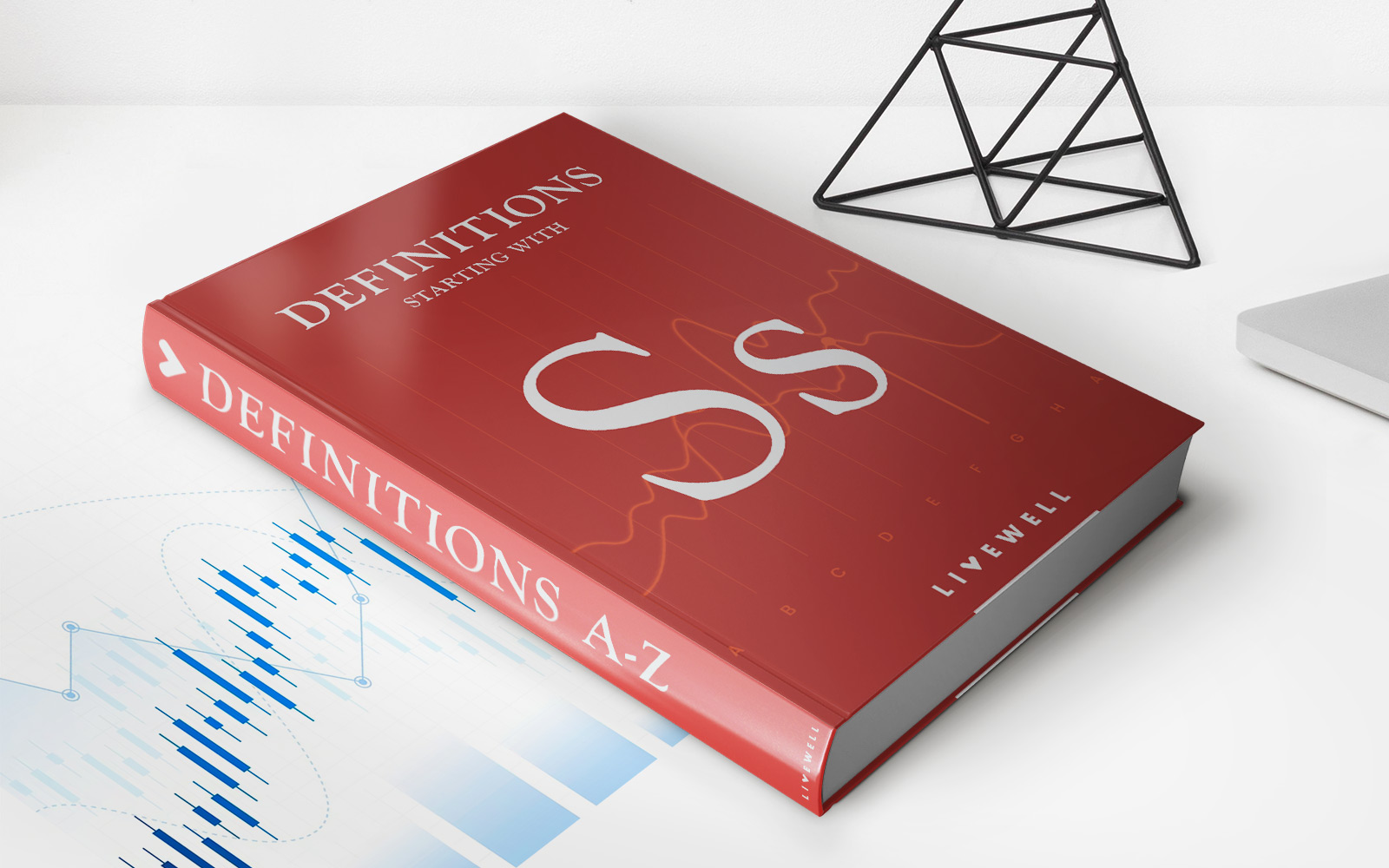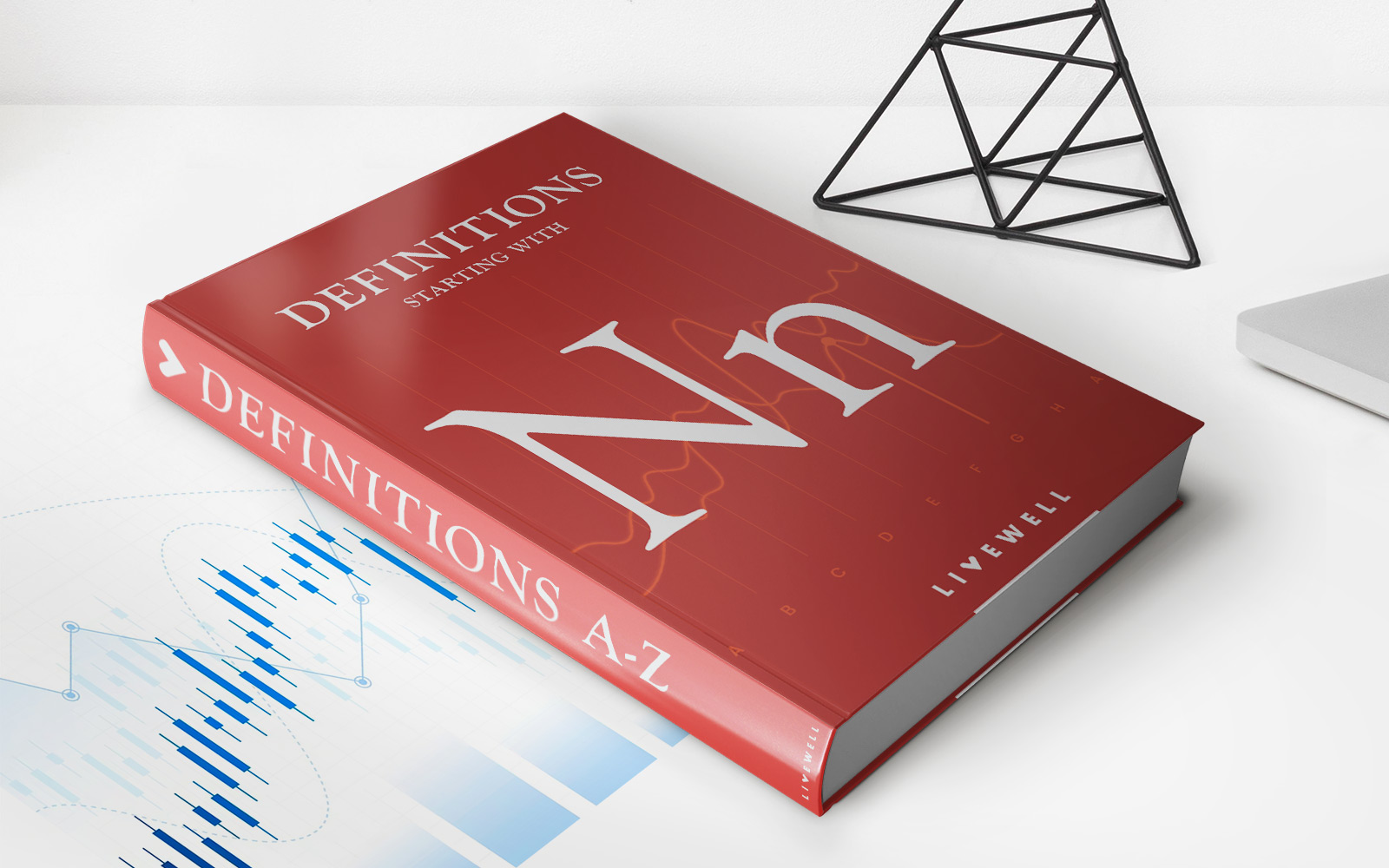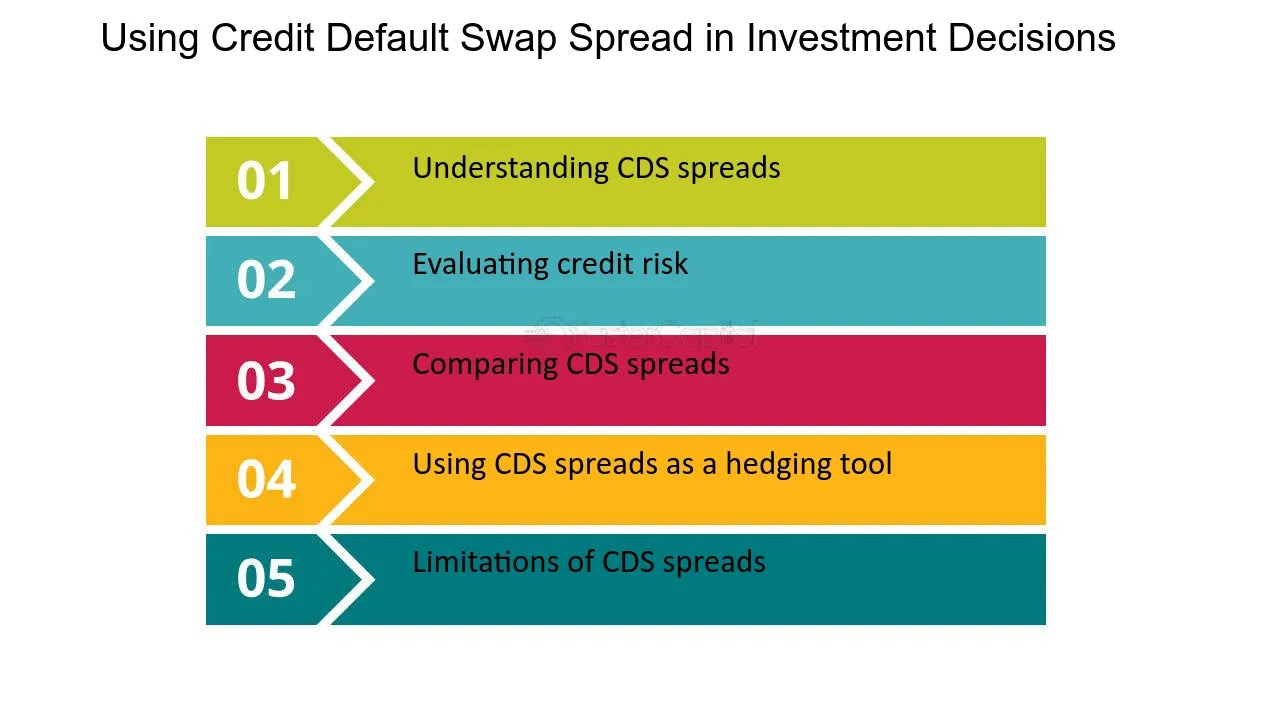

Finance
Intermarket Trading System (ITS) Definition
Published: December 11, 2023
Learn about the Intermarket Trading System (ITS) and its role in the world of finance. Explore how this system facilitates trading and connects various financial markets.
(Many of the links in this article redirect to a specific reviewed product. Your purchase of these products through affiliate links helps to generate commission for LiveWell, at no extra cost. Learn more)
Intermarket Trading System (ITS) Definition: Streamlining Financial Transactions
Welcome to our “Finance” category where we delve into various aspects of the financial world. Today, we will explore the concept of Intermarket Trading System (ITS) – a key component in modern-day finance that helps streamline the complex world of financial transactions. So, what exactly is an ITS, and why is it important? Let’s dive in and find out!
What is an Intermarket Trading System (ITS)?
An Intermarket Trading System, commonly known as ITS, is a computerized trading system that facilitates the trading of securities across different financial markets. It enables investors to trade stocks, bonds, commodities, and other financial instruments seamlessly, regardless of where they are listed. This system allows traders to place orders, execute trades, and obtain pricing information in an efficient and timely manner.
Key Takeaways:
- ITS enhances market efficiency by connecting various exchanges and ensuring seamless trading.
- It enables traders to access real-time data and execute trades across multiple markets simultaneously.
ITS acts as a bridge between multiple markets, enabling participants to connect and trade with ease. It streamlines the buying and selling process by eliminating the need for traders to be physically present on each exchange floor. Instead, they can trade electronically from their own devices, gaining access to a vast array of financial instruments and markets.
Some of the benefits offered by the Intermarket Trading System include:
- Increased Market Efficiency: By connecting various exchanges, ITS promotes a more efficient flow of information, ensuring that market participants have access to real-time data and pricing information across different markets simultaneously. This allows for quicker execution of trades and reduces the likelihood of delayed or missed trading opportunities.
- Enhanced Liquidity: ITS enables traders to trade across multiple markets, thereby increasing liquidity. Liquidity refers to the ability to quickly buy or sell an asset without causing a significant change in its price. The interconnectedness fostered by ITS provides traders with access to a larger pool of potential buyers and sellers, enhancing liquidity and potentially resulting in better execution prices.
- Diversification Opportunities: With an Intermarket Trading System, investors can diversify their portfolios by accessing different markets and financial instruments. This allows them to spread their risk and potentially benefit from diverse investment opportunities across various sectors and geographical regions.
- Increased Transparency: ITS promotes transparency in trading by providing real-time pricing information and trade data from different markets. This helps traders make informed decisions based on accurate and up-to-date information, contributing to fairer and more transparent markets.
- Cost Efficiency: Trading through an ITS can be cost-effective, as it eliminates the need for traders to physically move between exchanges or employ multiple brokers. This can result in reduced transaction costs and greater accessibility to markets.
In conclusion, the Intermarket Trading System (ITS) plays a crucial role in modern finance by connecting multiple markets and streamlining trading activities. It offers numerous benefits to market participants, including increased market efficiency, enhanced liquidity, diversification opportunities, increased transparency, and cost efficiency. Embracing this technology allows investors and traders to navigate the world of finance with ease and take advantage of opportunities across various markets.














